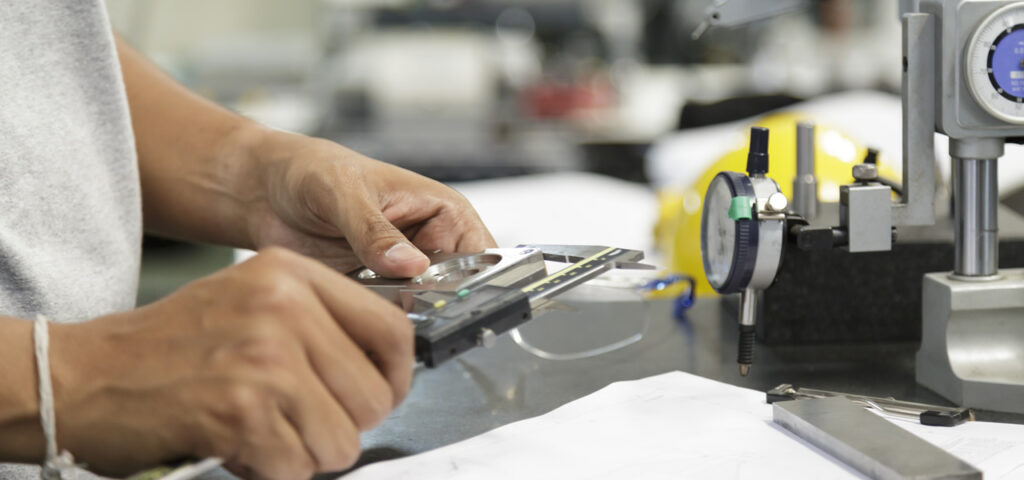In an ideal world, process instruments would perform exactly as well as they did the day they left the factory. However, during annual shutdowns, most plants calibrate their instruments. If businesses fail to schedule this critical service, the implications could be disastrous. Unfortunately, not all calibrations of test and measurement equipment are equal. Making sure sensors and equipment are working is as much a production and uptime issue as it is about safety. Here are some tips to ensure that your instruments are effectively and efficiently calibrated.
Keep a Strong Workforce
Manufacturers have many opportunities and challenges in today’s global marketplace.
Manufacturers are also losing skilled personnel in this competitive market. Most of a manufacturer’s metrology knowledge may be leaving the building.
To counteract this, you can hire an outside calibration business to undertake the job. Expert experts can certify various equipment and repair devices that no longer meet standards.
Select a well-skilled calibration partner.
To ensure that instrumentation calibration is correctly done, hire qualified professionals:
- They should compare each device to NIST-traceable reference equipment and make necessary adjustments.
- Check that the device is in excellent working order.
- Ensure it communicates with the control system for devices that do not need calibration.
These are some of the questions you should ask your calibration provider.
• Can you calibrate according to the entire manufacturer’s test procedure?
• Could you send me a sample calibration certificate/data for instrument model X?
• How much of my equipment will you calibrate yourself
• How much will you outsource?
• What is the normal turnaround time for different types of measurement instruments?
• Can you tailor a curriculum to my specific requirements?
• Do you have pressure calibration equipment?
Don’t put off calibrating.
The client decides the calibration frequency. But, many factories have their instruments calibrated annually. But, critical instruments that affect plant safety should undergo calibration quarterly. Fixed gas detectors are a good example. Checking these is critical. Failure to do so could result in hazardous circumstances or even explosions.
Companies might also consider scheduling outside the annual shutdown period. Technicians can gain information by testing the control system associated with these devices. This option has the extra need to ensure bypasses are in place. But, it does allow the possibility of checking this equipment during normal operation. Solving problems before they occur increases productivity and makes everyone’s life simpler.
By approaching problems in a preventative manner, production can run more. For example, a good calibration procedure can detect issues before you spend hours working, only to discover that something went wrong earlier. A single out-of-tolerance component means a tiny blip could become a significant problem if not detected in time. Don’t allow a faulty gauge to ruin your company’s reputation.
Learn about your company’s calibration needs.
Is your company operating in a regulated environment? Has your organization established specific quality requirements to ensure risk mitigation? Consider how certain you need to be about your measurements. For example, do I need to calibrate all my instruments?
Calibrations are not all created equal. Is your calibration supplier capable of engineering and servicing test and measurement equipment? Do they provide many degrees of ANSI/NCSL Z540 and ISO/IEC 17025 approved calibrations? Seek out a supplier who knows test and measurement technology to ensure calibration quality success.
Continuously inspect the sensors.
“Set it and forget it” is never a good idea. Not because sensors are untrustworthy but because so many variables influence their capacity. The physical installation, for example, could create erroneous signals or noise in the system. Besides, the device’s PLC/DCS scaling may not correspond to the device’s configuration. Instrument calibration services should examine these variables by replicating their output. Finally, sensors do not have an end date. Calibrating at regular intervals allows users to detect problems earlier and increase reliability.
Improve the Gauging Program
Calibration is more than just ensuring measuring instruments are ready to measure accurately.
It may also imply taking a closer look at the gauge inventory itself. First, you must ensure that the things in use are accessible. Those that aren’t used should be well labelled and stored. In other words, it enables businesses to optimize their measuring program.
A lean strategy can be beneficial in this procedure. Lean is about minimizing waste, and 5S is an excellent place to begin.
By approaching calibration with a fresh perspective, there are several chances to “do more with less” and more productivity. Control performance increase with proper design while maintaining plant quality, dependability, and safety.

